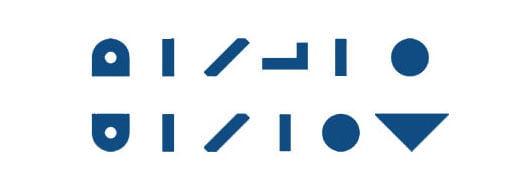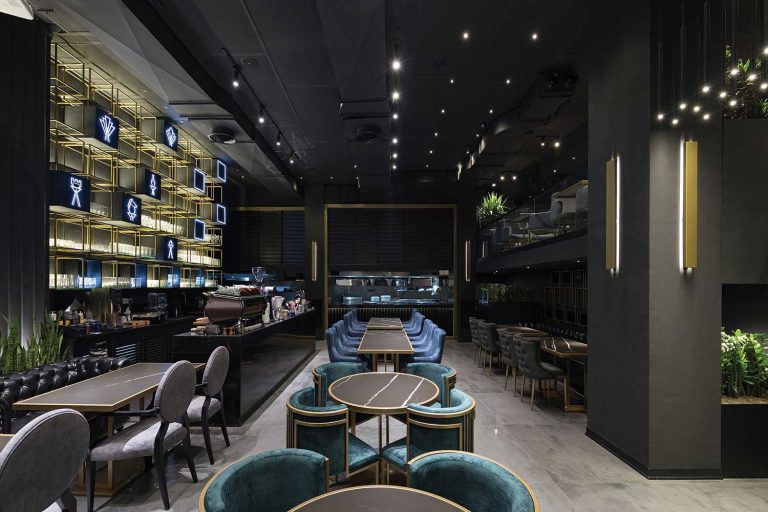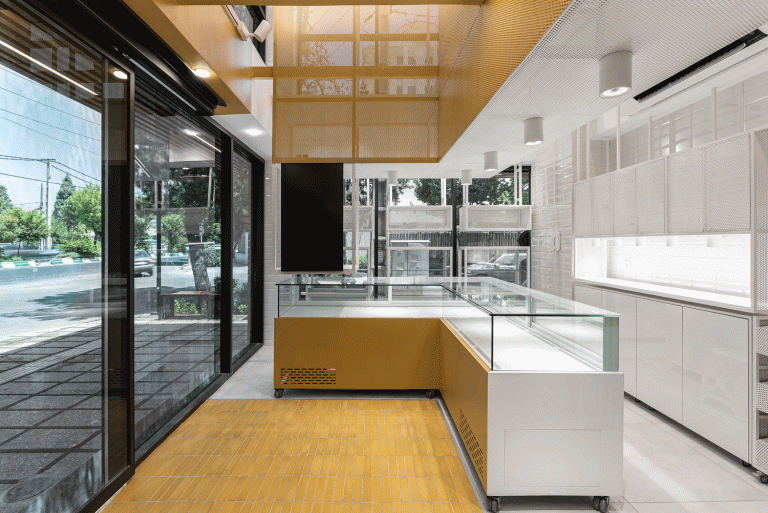نوع مقاله : مقالۀ پژوهشی
نویسندگان
- نوید پاک نژاد 1
- منوچهر طبیبیان 2
- غلامرضا لطیفی 3
1 دکتری شهرسازی، دانشکدة معماری و شهرسازی، واحد قزوین، دانشگاه آزاد اسلامی، قزوین، ایران.
2 دکتری شهرسازی، استاد گروه شهرسازی، دانشکدة شهرسازی، دانشگاه تهران، ایران.
3 دکتری شهرسازی، دانشیار گروه برنامهریزی شهری و منطقهای، دانشکدة علوم اجتماعی، دانشگاه علامه طباطبایی، تهران، ایران.

باغ نظر (ماهنامه)
دوره 18، شماره 97
تیر 1400
صفحه 62-47
بیان مسئله: شناخت و بررسی رابطة بین فضا، رفتار یا محیط و اجتماع در مطالعات شهری، بهسبب درک روابط بین انسان و نیازهای آن و شکل بروز رفتار در محیط، همواره مهم و ارزشمند است. در این پژوهش دو محله که از حیث ساختار مورفولوژیک بافت متفاوتی دارند (محلة زرگنده با بافت نامنظم-طبیعی و محلة درّوس با بافت منظم-شطرنجی) مورد مطالعه قرار گرفتهاند تا تأثیرات ناشی از ساختار متفاوت بافت محله بر روی شکلگیری الگوهای رفتاری بررسی شود، و به این مسئله که برنامهریزان و طراحان شهری چگونه و با چه ابزار و مبانیای میتوانند بر الگوهای رفتاری در فضاهای شهری تأثیر بگذارد پاسخ دهیم. با درک این تفاوتها در بافتهای شهری، زمینه و امکان تأثیرگذاری بر شکلگیری الگوهای رفتاری مورد نظر فراهم میشود. در پژوهش حاضر سؤال اصلی حول این محور میچرخد که بروز و ظهور الگوهای رفتاری در دو بافت متفاوت نامنظم-طبیعی و منظم-شطرنجی را درک کنیم. این پژوهش فرضیهمحور نیست و به دنبال توصیف و تحلیل ارتباط بین الگوهای رفتاری و این دو ساختار متفاوت شهری است.
هدف پژوهش: هدف این پژوهش کشف تغییرات الگوهای رفتاری در بافتهای متفاوت شهری است تا از طریق تبیین این تغییرات و تفاوتها بتوان زمینة برنامهریزی متناسب با اهداف برنامهریزان و طراحان شهری را فراهم آورد.
روش پژوهش: پژوهش فوق از نوع توصیفی-تحلیلی، و بهدلیل تطبیق و قیاس نمونههای موردی و مقایسة خروجیهای دو ابزارِ استفادهشده (اگراف و Depth map)، از نوع قیاسی است. همچنین این پژوهش از نوع کمّی و کیفی است.
نتیجهگیری: شکلگیری الگوهای رفتاری در فضاهای شهری مختلفِ محلات محصولِ روابط انسانی موجود است. وجود الگوی منظم در معابر سبب میشود که سطح دسترسی و همپیوندی بالا رود و امکان دسترسی را تسهیل کند تا الگوهای پیاده و حرکتی تقویت شود. فضای دید گسترده شرایط را برای حرکتکردن و افزایش امنیت فراهم میآورد. الگوهای کاربری، بهسبب دسترسی مناسب ناشی از نوع بافت محله، نقطهای و پراکنده شده است. وجود فرم کالبدیِ ارگانیک سبب تقویت پیادهروی و افزایش حس جستجوگری شده است. بخشهایی از محله، بهسبب وجود همپیوندی پایین و وجود بنبستهای متعدد و کاهش احساس امنیت بهواسطة وجود کنجها و دنجهای متعدد و محدودیت دید، از دیگر بخشها جدا شده و به فضاهایی بدون مراجعه یا با مراجعة محدود بدل شدهاند.
How to form behavioral patterns in the space organization of Zargandeh and Daroos neighborhoods using Agraph software
نویسندگان [English]
- Navid Paknezhad 1
- Manouchehr Tabibian 2
- Gholamreza Latifi 3
Problem statement: Recognizing and examining the relationship between space, behavior and or environment and community in urban studies is always important and valuable. The main issue of behavioral studies understands the relationship between humans and their needs and the formation of behavior in the environment. In this study, two different neighborhoods based on morphological structure (Zargandeh neighborhood with irregular-organic texture and Daroos neighborhood with regular-grid texture) were studied to investigate the effects of different structure of neighborhood texture and the roles of urban planners and designers on the formation of behavioral patterns which can be affected on the formation of the desired behavioral patterns.
In the present study, the main question is about understanding the difference between the occurrence and emergence of behavioral patterns in two different irregular-organic and regular-grid textures. This research is not hypothetical and seeks to describe and analyze the relationship between behavioral patterns and these two different urban structures.
Research objectives: The goal of this study is detection of behavioral pattern changes in different urban textures in order to prepare a suitable planning according to the goals of urban planners and designers.
Research method: The above research is descriptive-analytical. Because it has adapted or compared case studies and also it is comparative due to the comparison of the outputs of the two Agraph and Depth software. Type of this research is mix-method (quantitative and qualitative).
Conclusion: The formation of behavioral patterns in different urban spaces of neighborhoods is due to human relations. Existence of regular pattern in the passages has been lead to the high level of access, integration and strengthens the movement patterns. Wide field of view facilitates movement and increases security. Due to proper access of the neighborhood texture, the land-use patterns have been dotted and scattered. The presence of an organic physical form has strengthened walking and increased the sense of search. Parts of the neighborhood have been separated from other parts due to low integration and the existence of multiple dead ends and reduced sense of security because of the presence of many corners, cozy and limited visibility and have become spaces with no or limited visits.
چگونگی شکلگیری الگوهای رفتاری در سازمان فضایی محلات «زرگنده» و «درّوس» با استفاده از نرمافزار «اگراف» اصل مقاله 641.29 k
صاحب امتیاز: پژوهشکده هنر، معماری و شهرسازی نظر
مدیر مسئول: دکتر سید امیر منصوری
سردبیر: دکتر احمد پوراحمد
دوره انتشار: ماهنامه
شاپا چاپی: 1735-9635
شاپا الکترونیکی: 2251-7197




















